Underwater Connectors Stand up to the Pressure
Underwater connectors in military electronics designed for submarines and other deep-sea applications must endure pressure, temperature cycling, seawater corrosion, and different types of shock.
One of the harshest environments military electronics systems must withstand is the deep sea. Unmanned underwater vehicles (UUVs) that dive deep must stand up to high pressure, while submarines must withstand constant pressure cycling. Other stressors for both include temperature cycling, seawater corrosion, and different types of shock.
In addition to submarines, the US Navy has long had programs for developing UUVs. In 2017, it began a continual improvement program to bring better sensors, endurance, and other improvements to its expanded portfolio of UUVs that now falls under the undersea warfare division (OPNAV N97). The new approach is designing them as a family of systems with common attributes — such as propulsion, autonomy, endurance, reliability, command, and control — for each class of vehicles. This model is the same one already used for the Navy’s submarine combat system approach for open architecture, the Submarine Warfare Federated Tactical Systems (SWFTS).
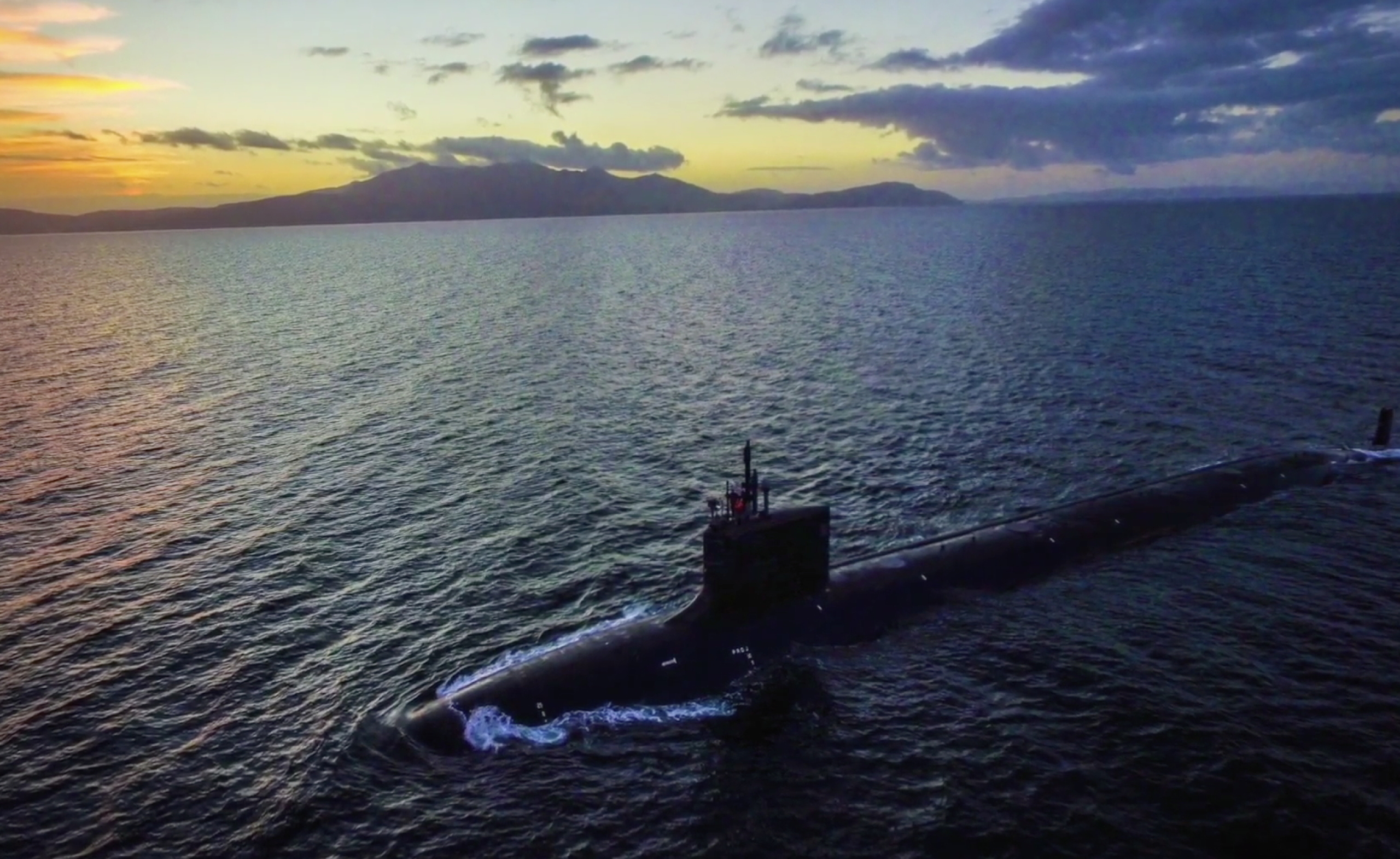
The Virginia-class fast-attack submarine USS Missouri is part of the US Navy’s attack submarine aggressor squadron for training to support high-end war-fighting, created in 2018.
Although most military UUVs are created by the Navy, some programs are overseen by the Defense Advanced Research Projects Agency (DARPA). Its Angler program, for example, will develop UUVs for deep-sea missions. These robots will traverse long distances, autonomously finding and manipulating objects on the sea floor without human intervention or communication.
Deep Sea Connectors
Fischer Connectors makes dry-mate products primarily for UUVs and various surface or underwater remotely operated vehicles (ROVs), which require rugged, sealed connectors that can be exposed to seawater most of the time, said Stéphane Antonetti, corporate sales support. Parameters like resistance to corrosion, pressure, and shock are mandatory, in addition to size, high density, and hybrid contact configurations.
High pin density is especially important to reduce the number of connectors needed. “Every hole you drill to fit a connector in a subsea vehicle creates a potential risk of leaking,” said Antonetti. “This is why we developed connectors with high contact density, as well as connectors that mix power and signal contacts.” The Fischer Core Series is the most popular of its UUV product solutions due to its large range of size and contact configurations, but its UltiMate line also provides very good performance for sub-sea applications. In addition, its single-fiber FiberOptic connectors have been successfully used in UUVs for depths down to 300 meters by one customer.
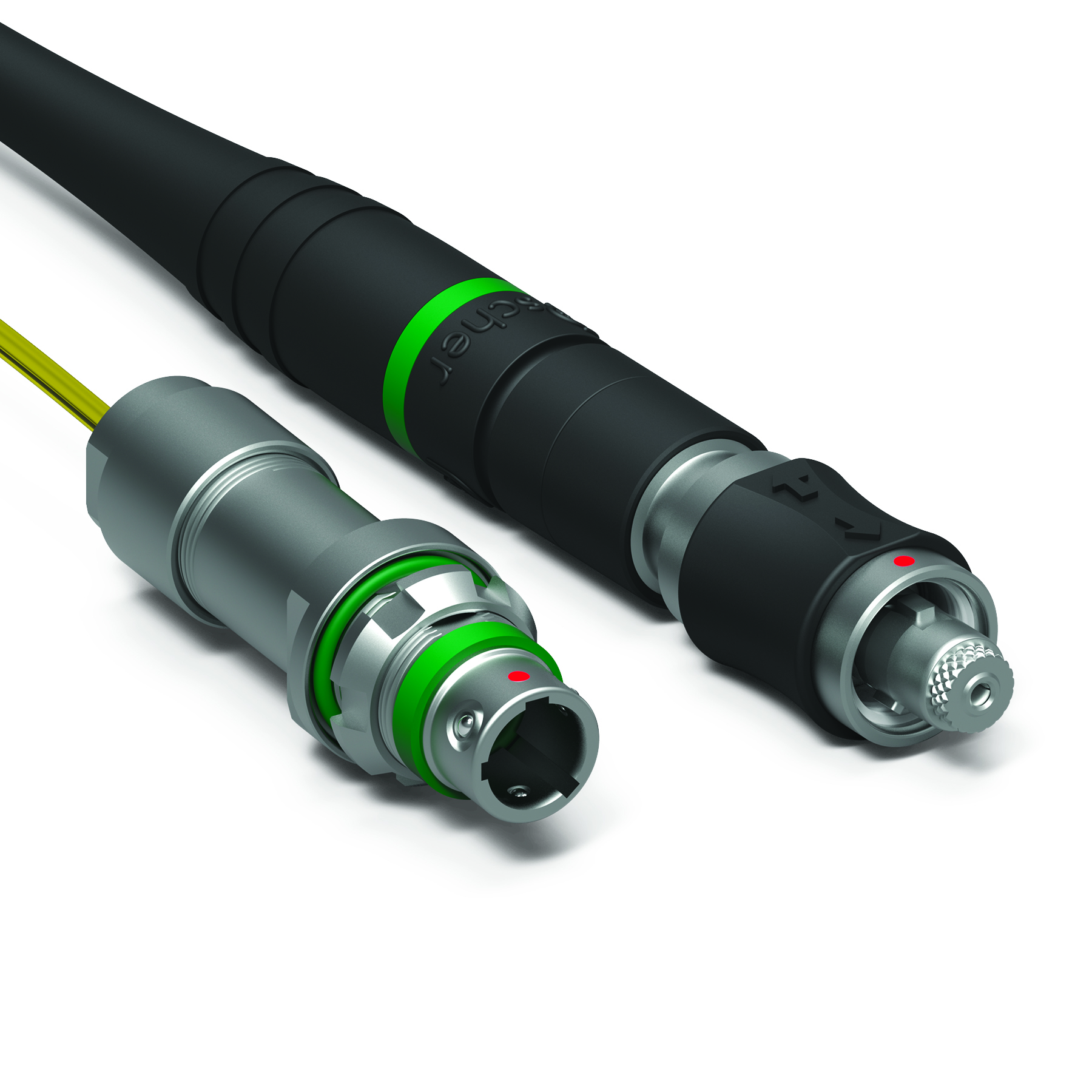
Fischer Connectors’ single-fiber FiberOptic (FO) series connectors have been successfully used in unmanned underwater vehicles (UUVs) at depths down to 300 meters.
Since water pressure applies more force to larger connectors, smaller connectors often perform better underwater, said Antonetti. Other common requests for subsea connectors are high resistance to corrosion, high water tightness levels, easy handling, and high level of robustness.
In addition to pressure, the types of shock that could cause a connector to crack or leak underwater include thermal, vibration, and explosive shock, said Eric Birns, CEO of BIRNS. The company makes connectors and cable assemblies for deep-submergence underwater vehicles, including both submarines and UUVs. Its Millennium Series is a high-density, dry-mate, metal shell connector range for depths down to 6km (3.73mi). “Not only must the connector’s materials be corrosion-resistant by themselves, but they must not induce corrosion in nearby materials, whether through galvanic action or by contamination by certain materials such as mercury. It’s a huge concern,” he said. Since devices used underwater applications typically don’t last as long as those made for the surface, safety margins must be greater and qualification testing must be rigorous.
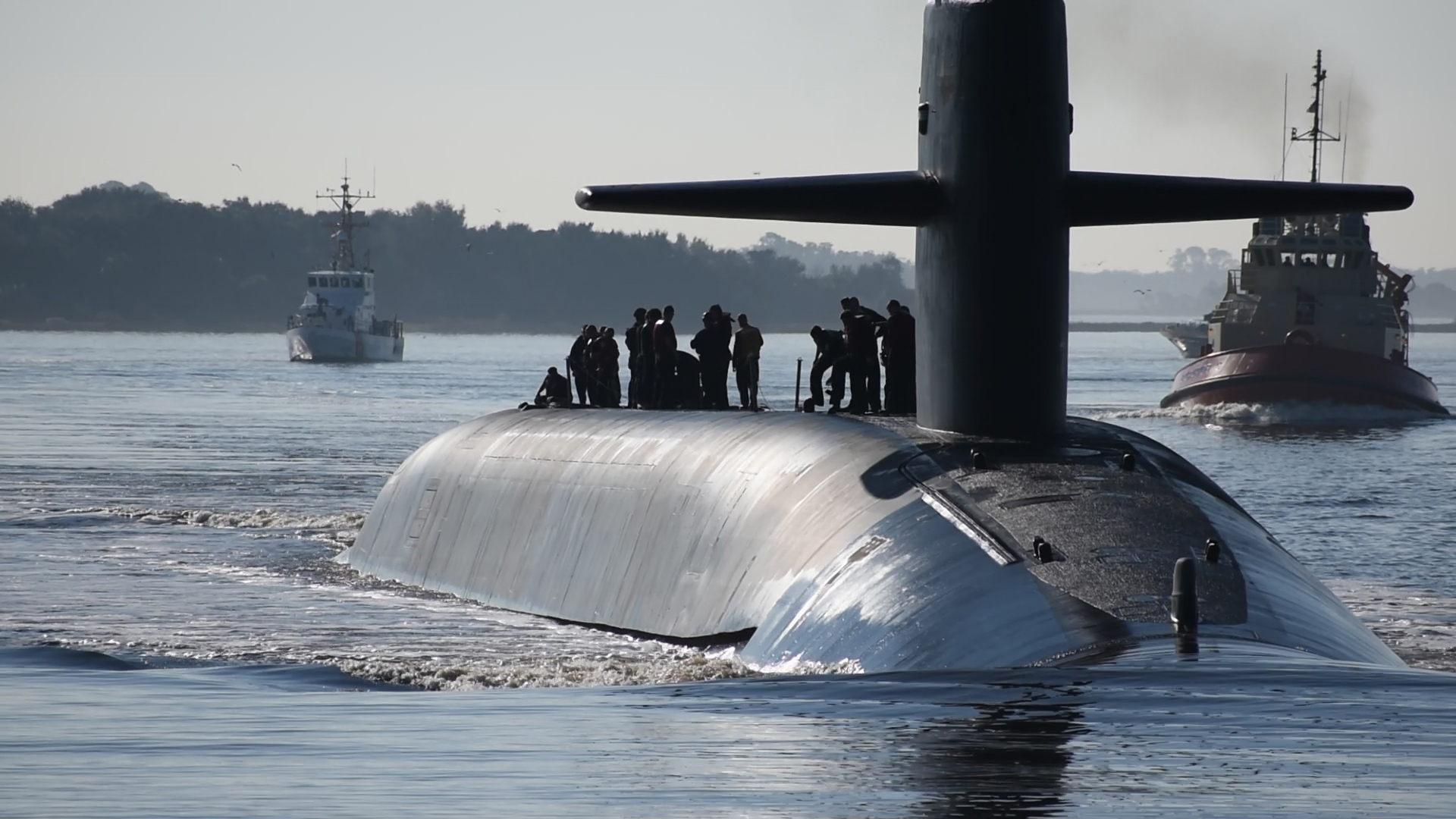
The nuclear-powered Ohio-class ballistic-missile submarine USS Maryland can carry up to 20 submarine-launched ballistic missiles with multiple warheads. In 2021 it will be replaced by the Columbia-class nuclear sub.
High-reliability cable overmolding is also key in underwater applications. On a submarine’s outboard side, cable assemblies coupled to the bulkhead connector generally are cable terminated and overmolded to the plug. That waterproof overmolding is subjected to lots of stress, including electrochemical. To protect the hull from corrosion, submarines use cathodic protection systems like zinc sacrificial anodes, which emit a small current at one or two volts. “That current is transmitted through the hull, to the hull-mounted bulkhead connectors, through the cable plug to the area where the cable is overmolded to the connector,” said Birns. This current can then cause the cable overmolding to loosen, which could lead to water ingress under the overmold, shorting the plug, so the cable overmolding must be highly reliable.
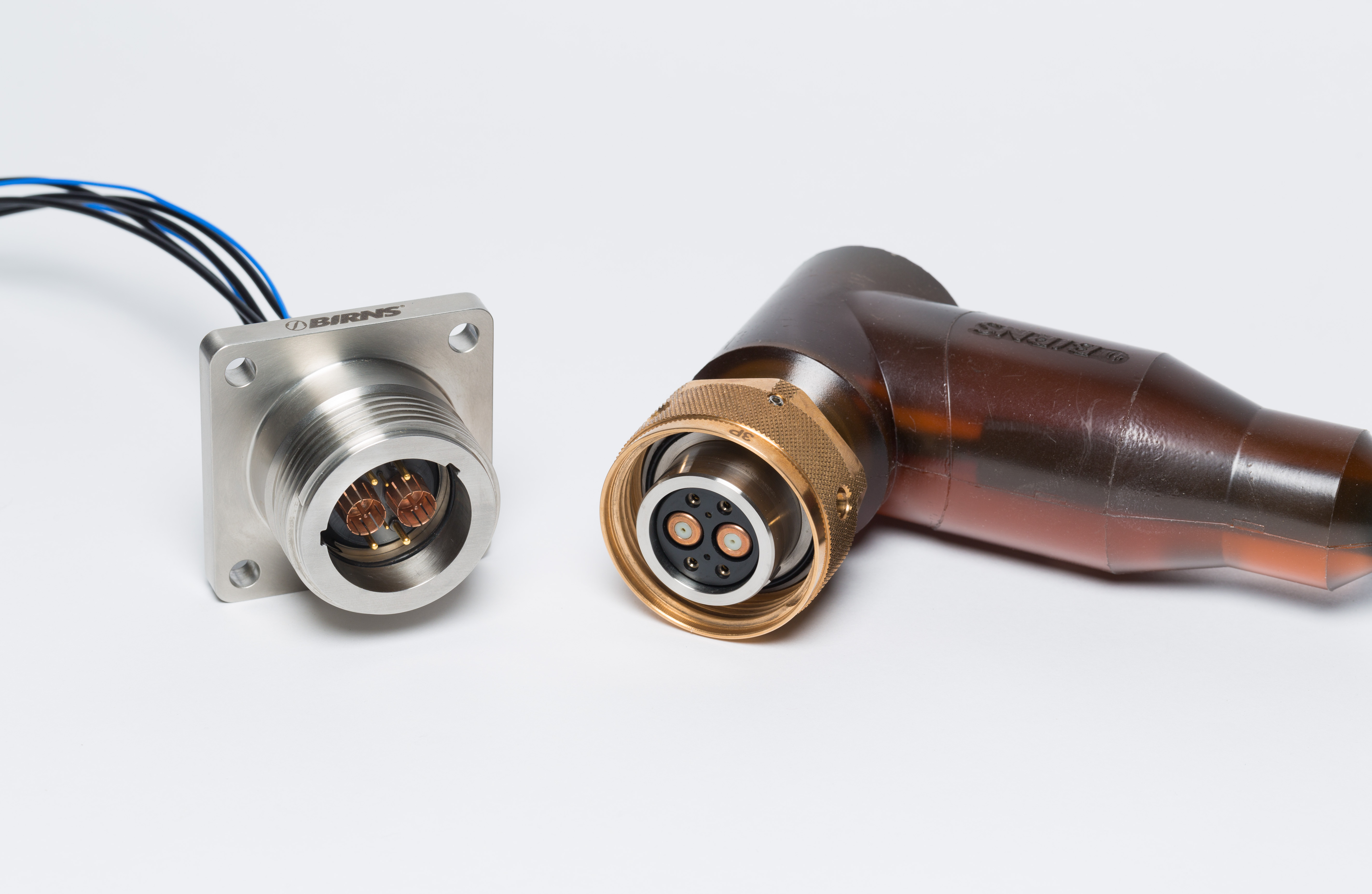
BIRNS’ new coax contacts can withstand open-face pressure down to 1,400 meters — a rare option for RF connectors. The NAVSEA PRO-020 overmolding makes it approved for outboard US Navy submarine cables.
Another concern, not covered by industry standards, is the receptacle’s “open-face” condition during a dive, should a technician forget to mate the connector plug and receptacle. In these cases, the receptacle must still withstand seawater pressure and prevent water ingress. So BIRNS’ internal standards require all its connectors to always withstand open-face pressure. “That’s one of our qualification test methods,” said Birns. “For example, we recently designed an RF coaxial contact that withstands open-face pressure down to 1,400 meters.”
SOURIAU’s communications connectors are used on UUVs and ROVs, as well as in non-military subsea markets like oceanology or offshore oil and gas, said Vincent Mansour, North America regional product manager for marine/space/mil-aero. Military submarine applications include optronic masts, communication systems, sonar, weapons systems, and propulsion systems. While there are many military standards for inboard marine connectors, such as MIL-DTL-38999, MIL-DTL-26482, and MIL-DTL-5015, there are fewer standards and more proprietary products for outboard connectors. Some NAVSEA standards exist for outboard cable assemblies.
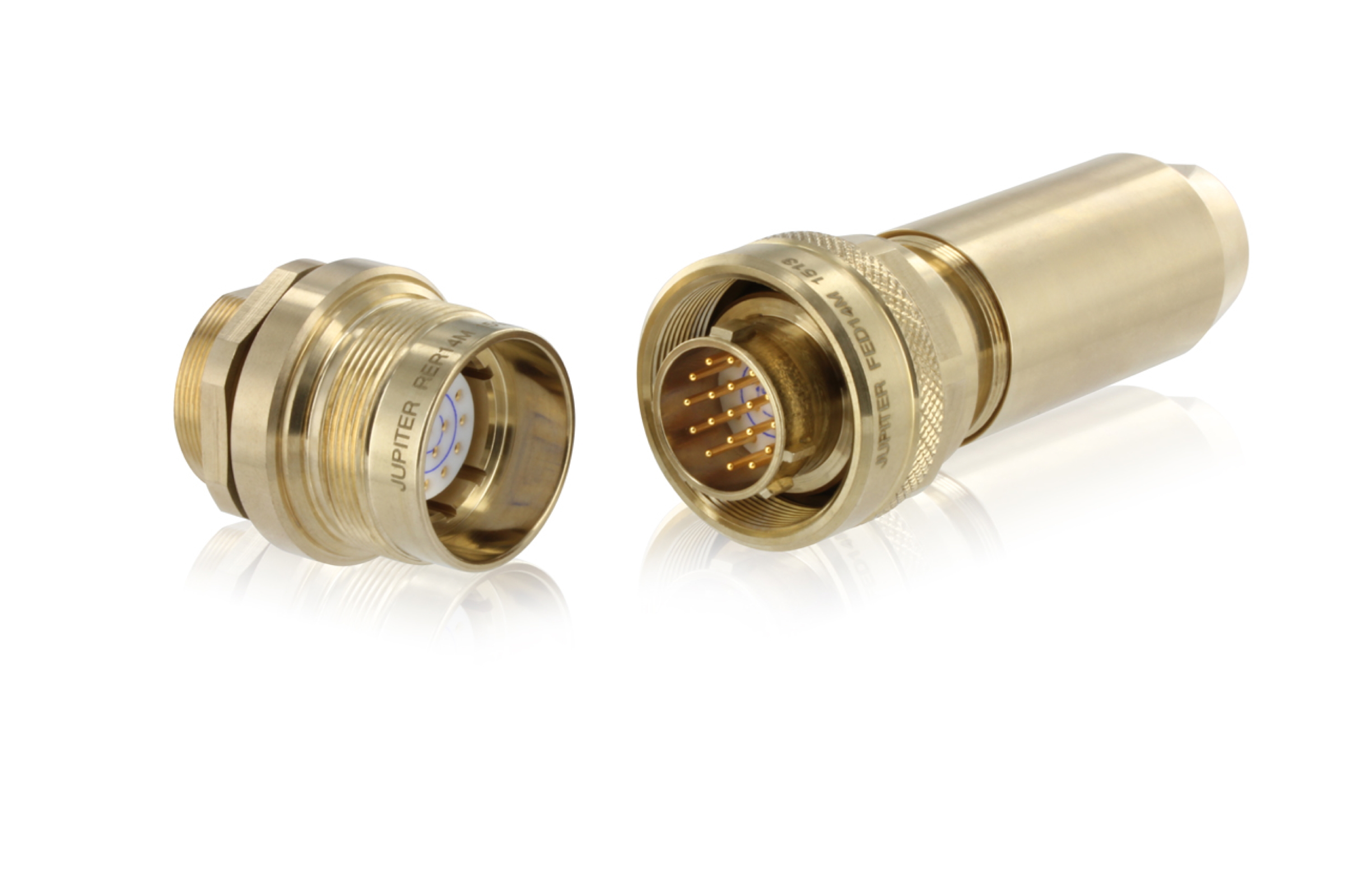
SOURIAU’S M Series dry-mate connectors range in marine bronze for outboard applications.
Inboard connectors for military marine applications can be very similar to those used on the surface, said Mansour. Some are made of marine bronze, which is aluminum bronze. Others may be stainless steel or aluminum. In addition to shock and vibration, ease of installation is important since access is often complicated and may include blind mating and cabling issues. SOURIAU’s inboard lines include the proprietary MSH/MPH Series of circular connectors for inboard use, specific conduit and backshell solutions, and military standard products.
Outboard is a very different world, since corrosion resistance is key. Here, connector materials include marine bronze, high-end stainless steels, titanium, and Inconel. SOURIAU’s dry-matable M Series in marine bronze, for example, is extensively used for outboard connections by the French Navy and has been proven for 50 years, said Mansour. It is also used by navies all over the world. For military marine use, withstanding shock and vibration is still important, as is being waterproof. But the pressures that connectors must meet for military marine are generally lower than those for oceanology or even offshore oil and gas, because military marine systems usually only go down to 1,000 or so meters.
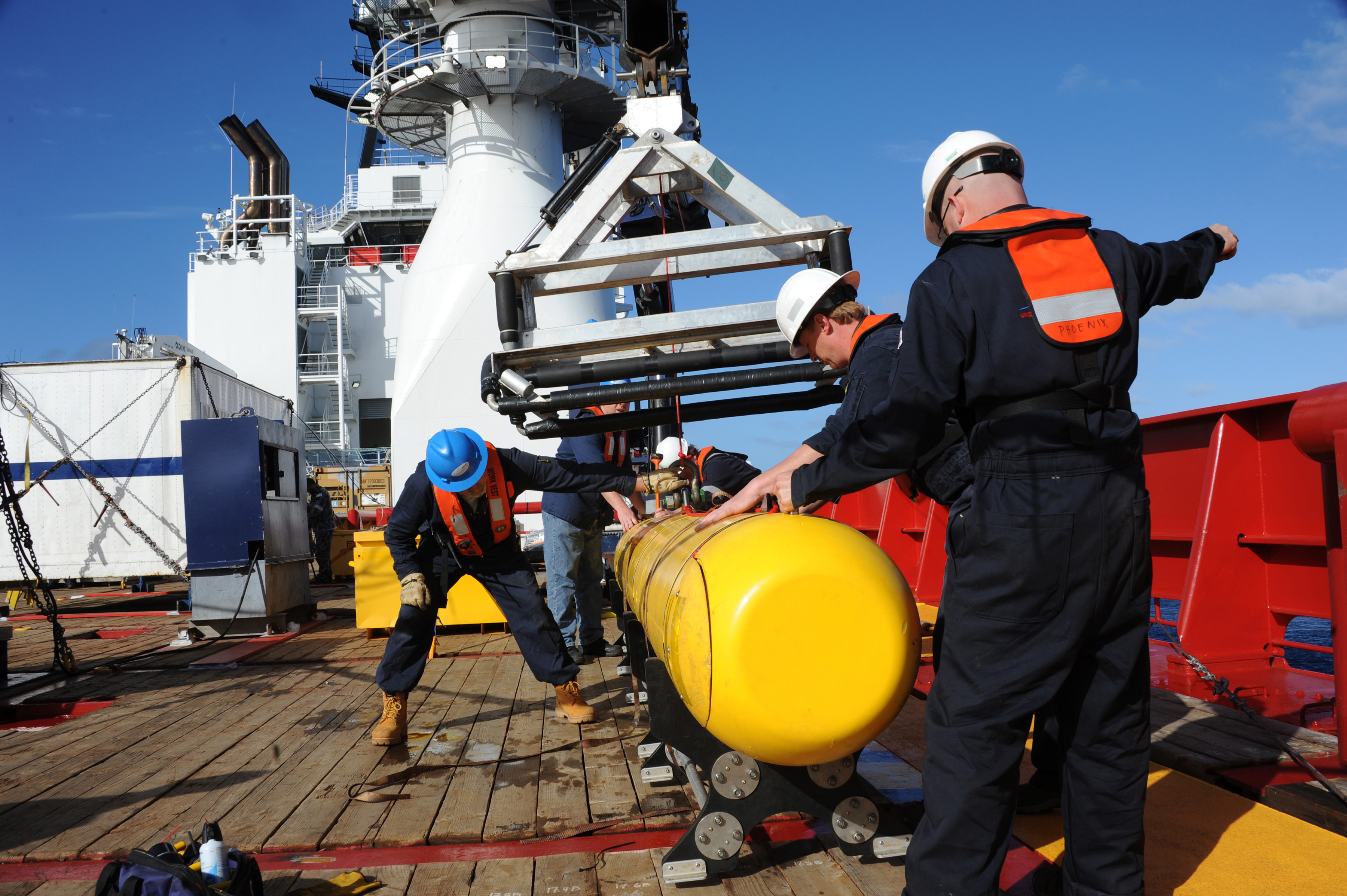
The US Navy Bluefin-21 Artemis autonomous underwater vehicle (AUV) was used in the search for the missing Malaysia Airlines Flight 370.
Up Next
In undersea military systems, UUVs are getting smaller, lighter, and with expanded capabilities. “There’s also been an exponential growth in data transmission requirements similar to what we see in above-water connectors,” said Birns. UUVs are also going deeper and on longer missions so they can be more easily and quickly deployable, and more are being designed to be carried by only two or three people. Some deep-ocean UUVs are so small they can be launched from 21-inch torpedo tubes.
BIRNS is not seeing a big push for connector size reduction in the military submarine world, but there is a move to add more and more capability and performance into the same connector size. Users especially need much faster data transmission, so there’s much greater use of high pin density, high-frequency RF, fiber optics, and electro-optical hybrid connectors.
In inboard underwater applications, SOURIAU is seeing a trend to use more off-the-shelf connectors, said Mansour. “For outboard underwater connections, mostly proprietary solutions are used, most of which are catalog products,” he said.
Ann R. Thryft has been writing about manufacturing- and electronics-related technologies for 30 years, covering interconnect, single-board computers, robotics, machine vision, embedded devices, manufacturing materials and processes, and all kinds of datacom and telecom. She’s written for EE Times, Design News, COTS Journal, RTC Magazine, EDN, Test & Measurement World, and Nikkei Electronics Asia.
Like this article? Check out our other Harsh Environment, Connector Basics, and 2019 articles, and our Military/Aerospace market page.
- Underwater Connectors Get Smaller and Tougher for Submarines and UUVs - November 10, 2020
- Small Military UAVs Demand Smaller, Lighter Connectors - August 4, 2020
- Commercial Connectors Toughen Up for the Harshest Environments in the Universe - June 2, 2020





